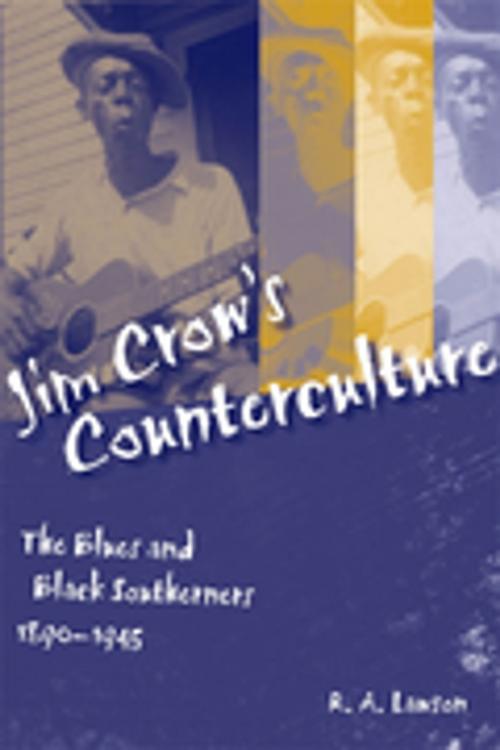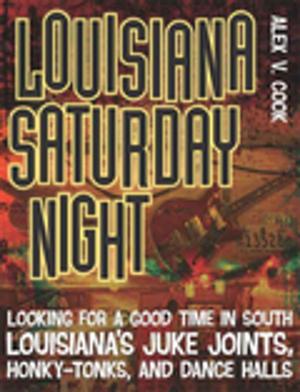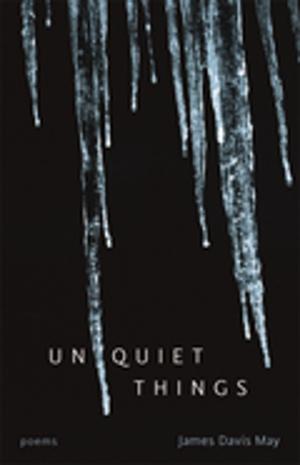Jim Crow's Counterculture
The Blues and Black Southerners, 1890-1945
Nonfiction, Entertainment, Music, Music Styles, Jazz & Blues, Jazz, History, Americas, United States| Author: | R. A. Lawson | ISBN: | 9780807146439 |
| Publisher: | LSU Press | Publication: | November 1, 2010 |
| Imprint: | LSU Press | Language: | English |
| Author: | R. A. Lawson |
| ISBN: | 9780807146439 |
| Publisher: | LSU Press |
| Publication: | November 1, 2010 |
| Imprint: | LSU Press |
| Language: | English |
In the late nineteenth century, black musicians in the lower Mississippi Valley, chafing under the social, legal, and economic restrictions of Jim Crow, responded with a new musical form -- the blues. In Jim Crow's Counterculture, R. A. Lawson offers a cultural history of blues musicians in the segregation era, explaining how by both accommodating and resisting Jim Crow life, blues musicians created a counterculture to incubate and nurture ideas of black individuality and citizenship. These individuals, Lawson shows, collectively demonstrate the African American struggle during the early twentieth century.
Derived from the music of the black working class and popularized by commercially successful songwriter W. C. Handy, early blues provided a counterpoint to white supremacy by focusing on an anti-work ethic that promoted a culture of individual escapism -- even hedonism -- and by celebrating the very culture of sex, drugs, and violence that whites feared. According to Lawson, blues musicians such as Charley Patton and Muddy Waters drew on traditions of southern black music, including call and response forms, but they didn't merely sing of a folk past. Instead, musicians saw blues as a way out of economic subservience.
Lawson chronicles the major historical developments that changed the Jim Crow South and thus the attitudes of the working-class blacks who labored in that society. The Great Migration, the Great Depression and New Deal, and two World Wars, he explains, shaped a new consciousness among southern blacks as they moved north, fought overseas, and gained better-paid employment. The "me"-centered mentality of the early blues musicians increasingly became "we"-centered as these musicians sought to enter mainstream American life by promoting hard work and patriotism. Originally drawing the attention of only a few folklorists and music promoters, popular black musicians in the 1940s such as Huddie Ledbetter and Big Bill Broonzy played music that increasingly reached across racial lines, and in the process gained what segregationists had attempted to deny them: the identity of American citizenship.
By uncovering the stories of artists who expressed much in their music but left little record in traditional historical sources, Jim Crow's Counterculture offers a fresh perspective on the historical experiences of black Americans and provides a new understanding of the blues: a shared music that offered a message of personal freedom to repressed citizens.
In the late nineteenth century, black musicians in the lower Mississippi Valley, chafing under the social, legal, and economic restrictions of Jim Crow, responded with a new musical form -- the blues. In Jim Crow's Counterculture, R. A. Lawson offers a cultural history of blues musicians in the segregation era, explaining how by both accommodating and resisting Jim Crow life, blues musicians created a counterculture to incubate and nurture ideas of black individuality and citizenship. These individuals, Lawson shows, collectively demonstrate the African American struggle during the early twentieth century.
Derived from the music of the black working class and popularized by commercially successful songwriter W. C. Handy, early blues provided a counterpoint to white supremacy by focusing on an anti-work ethic that promoted a culture of individual escapism -- even hedonism -- and by celebrating the very culture of sex, drugs, and violence that whites feared. According to Lawson, blues musicians such as Charley Patton and Muddy Waters drew on traditions of southern black music, including call and response forms, but they didn't merely sing of a folk past. Instead, musicians saw blues as a way out of economic subservience.
Lawson chronicles the major historical developments that changed the Jim Crow South and thus the attitudes of the working-class blacks who labored in that society. The Great Migration, the Great Depression and New Deal, and two World Wars, he explains, shaped a new consciousness among southern blacks as they moved north, fought overseas, and gained better-paid employment. The "me"-centered mentality of the early blues musicians increasingly became "we"-centered as these musicians sought to enter mainstream American life by promoting hard work and patriotism. Originally drawing the attention of only a few folklorists and music promoters, popular black musicians in the 1940s such as Huddie Ledbetter and Big Bill Broonzy played music that increasingly reached across racial lines, and in the process gained what segregationists had attempted to deny them: the identity of American citizenship.
By uncovering the stories of artists who expressed much in their music but left little record in traditional historical sources, Jim Crow's Counterculture offers a fresh perspective on the historical experiences of black Americans and provides a new understanding of the blues: a shared music that offered a message of personal freedom to repressed citizens.















